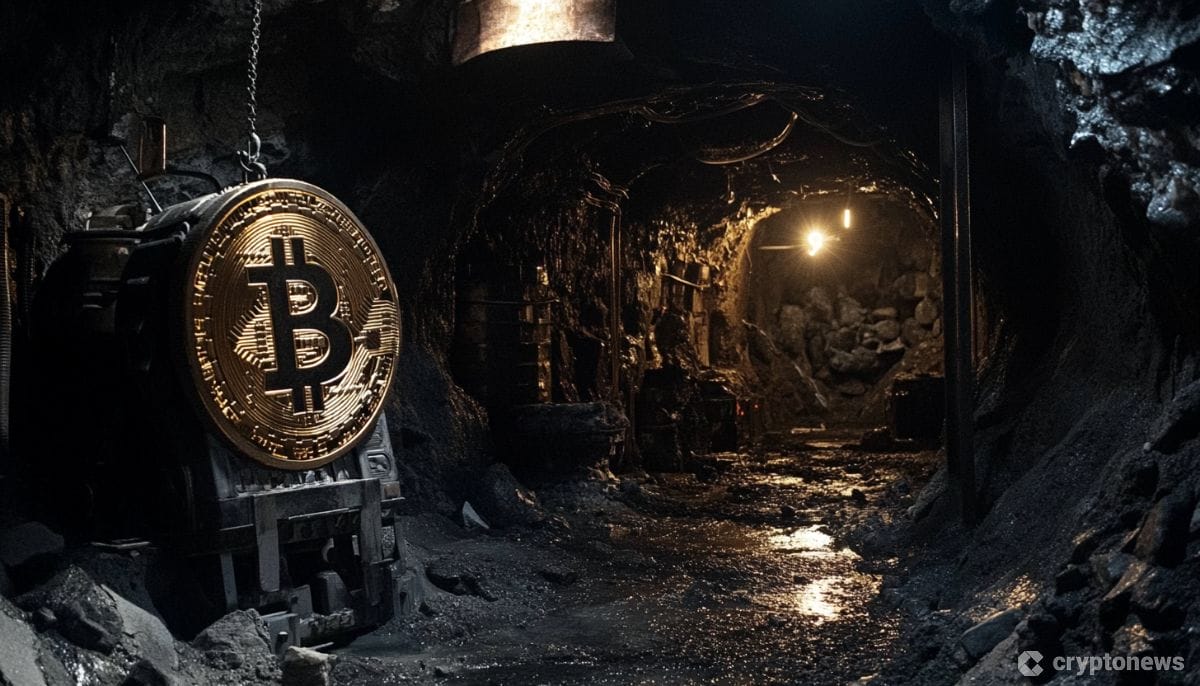Last updated:
 Why Trust Cryptonews
Why Trust Cryptonews

The Bitcoin network’s hashrate, a critical indicator of its security and computing power, reached a new all-time high of 769.8 exahashes per second (EH/s) on October 21.
The surge in hashrate reflects the increasing security of the Bitcoin blockchain, as higher computing power makes the network more resistant to attacks.
Data from BitInfoCharts shows that the Bitcoin hashrate has been steadily climbing since 2021, largely driven by advancements in mining hardware, particularly the development of application-specific integrated circuits (ASICs).
These specialized machines have significantly boosted the efficiency and power of Bitcoin mining operations.
Rising Hashrate Brings Challenges for Miners
However, the rising hashrate comes with challenges for miners.
As the computational difficulty of mining Bitcoin increases, so does the cost of mining.
This could particularly impact smaller mining operations due to the Bitcoin halving, which reduced block rewards, further squeezing profit margins.
Nazar Khan, co-founder and COO of TeraWulf, emphasized the importance of energy-efficient infrastructure for miners to survive these challenges.
He noted that firms with access to low-cost power and advanced mining rigs would have a significant advantage post-halving.
TeraWulf, one of the world’s largest Bitcoin mining companies, is positioning itself to continue expanding despite the expected reduction in block rewards.
Despite the rising difficulty, Bitcoin miners have been cautious about selling their holdings.
Data from CryptoQuant revealed that on October 20, mining firms sent just 2,916 BTC to centralized exchanges, marking one of the lowest levels of selling in the past month.
Bitcoin Mining Profitability Drops in September
Bitcoin mining profitability declined in September compared to the previous month, according to a research report from Jefferies.
The investment bank highlighted that average daily revenue per exahash dropped by 2.6% from August levels.
Jefferies analysts Jonathan Petersen and Joe Dickstein warned that October could be even more challenging, while the network’s hashrate surged by 11%.
The report also revealed that North American publicly listed mining companies expanded their share of the Bitcoin network, contributing 22.2% of the total mining activity in September, up from 19.9% in August.
This increase was partly attributed to improved uptime for these firms, which benefited from cooler temperatures.
Among the top performers, Marathon Digital (MARA) mined the most Bitcoin in September, producing 705 tokens, followed by CleanSpark (CLSK) with 493 tokens.
Marathon’s installed hashrate remained the largest in the industry, reaching 36.9 exahashes per second (EH/s) at the end of September, while Riot Platforms (RIOT) ranked second with 28.2 EH/s.
In August, investment firm Bernstein made a bullish call on the Bitcoin mining sector, issuing “outperform” ratings for four publicly traded companies, including Riot Platforms, CleanSpark, IREN, and Core Scientific.
As reported, IREN is facing a class-action lawsuit from investors who allege the cryptocurrency mining company misrepresented its high-performance computing (HPC) capabilities.
The central claim of the lawsuit is that IREN’s Childress facility was portrayed as an HPC-ready data center, which it allegedly was not.




















